- عنوان کتاب: Nuclear Reactor Physics and Engineering
- نویسنده: John C. Lee
- حوزه: فیزیک هستهای
- سال انتشار: 2025
- تعداد صفحه: 1159
- زبان اصلی: انگلیسی
- نوع فایل: pdf
- حجم فایل: 31.3 مگابایت
این کتاب برای آشنا کردن دانشجویان کارشناسی و کارشناسی ارشد مهندسی هستهای و همچنین مهندسان شاغل با مفاهیم پایه فیزیک راکتور هستهای و کاربردهای این مفاهیم در تجزیه و تحلیل، طراحی، کنترل و بهرهبرداری راکتورهای هستهای تهیه شده است. مفاهیم اساسی مورد بحث قرار میگیرند و فرمولهای ریاضی مرتبط با این درک ارائه میشوند که خواننده پیشزمینه محکمی در معادلات دیفرانسیل و جبر خطی دارد. تمرکز بر استفاده از نظریه انتشار نوترون، با حداقل استفاده از معادله انتقال نوترون، برای توسعه تکنیکهایی برای فیزیک شبکه و مطالعات سیستم راکتور جهانی است. هنگامی که از معادله انتقال نوترون استفاده می شود، تلاش می شود تا با اشکال یک بعدی معادله بولتزمن و چند جمله ای لژاندر، بدون فراخوانی معادله سه بعدی بولتزمن و هارمونیک های کروی باقی بمانند. پیشرفتهای اخیر در الگوریتمهای عددی، از جمله روش زیرفضای کریلوف، و نرمافزار MATLAB، از جمله جعبه ابزار Simulink، برای مطالعات کارآمد پیکربندیهای راکتور حالت پایدار و گذرا مورد بحث قرار گرفتهاند. علاوه بر این، چرخه سوخت هسته ای و تجزیه و تحلیل اقتصادی مرتبط همراه با استفاده از تئوری کنترل مدرن برای عملکرد راکتور ارائه شده است. یک مشتق مستقل از معادلات بقای سیال همراه با مثالهای مرتبط ارائه شده است، به طوری که میتوان از این ماده در رشتهای از دورههای فیزیک و مهندسی راکتور هستهای برای پوشش تجزیه و تحلیل حرارتی-هیدرولیک سیستمهای هستهای استفاده کرد. ساختار کلی کتاب اجازه می دهد تا مفاهیم اساسی و ابزارهای لازم برای مطالعات فیزیک راکتور هسته ای را با نیمه اول کتاب تا فصل 10 پوشش دهد، همانطور که معمولاً در یک دوره یک ترم ارشد مهندسی هسته ای در دانشگاه میشیگان انجام می شود. برخی از فصلهای باقیمانده کتاب را میتوان در یک ترم بعدی در برنامه درسی دوره کارشناسی یا در دورههای کارشناسی ارشد پوشش داد. فصلهای 16 و 17 احتمالاً میتوانند در دورههای جداگانهای که به ترتیب با سینتیک راکتور هستهای و تحلیل طراحی راکتور سروکار دارند پوشش داده شوند، نویسنده صمیمانه امیدوار است که این کتاب چندین کتاب درسی عالی را که در برنامه درسی علوم و مهندسی هستهای در ایالات متحده و جاهای دیگر برای نیم قرن اول توسعه انرژی هستهای استفاده شدهاند، تقویت و به روز کند. مطالب کتاب از چندین دوره فیزیک و مهندسی راکتور که نویسنده طی 45 سال گذشته در دانشگاه میشیگان و همچنین به صورت پاره وقت در موسسه علوم و فناوری پیشرفته کره و دانشگاه علم و فناوری پوهانگ تدریس کرده است، نشات گرفته است. برخی از مطالب همچنین منعکس کننده تجربه صنعتی است که او از طریق استخدام های اولیه خود در شرکت وستینگهاوس الکتریک و شرکت جنرال الکتریک به دست آورد. انتخاب موضوعات و ارائه مطالب از بحث و گفتگو با دانش آموزان در کلاس درس و خارج از آن بسیار سود برده است و نویسنده مایل است از نسلی از دانش آموزان جوان و باهوش در هر سه موسسه قدردانی کند. علاوه بر این، نویسنده کمک و حمایت تعدادی از دانشآموزان فعلی و سابق از جمله متیو کروپکاله و جونجی گوو را تأیید میکند. او برای کمک و تشویق مربیان خود، پروفسورهای فقید توماس پیگفورد، جان کینگ، و ویلیام کر، و همچنین همکارانش از جمله ویلیام مارتین، ضیا آککاسو، جیمز دودرستات، پروفسور فقید گلن نول، توماس داونار، وون سیک یانگ، ولکان سکر، فردریک ویهه و دیوید باکمن، تشکر می کند. از پروفسور بیونگ هو لی فقید به خاطر آشنایی نویسنده با زیبایی ها و چالش های فیزیک راکتور هسته ای و از پروفسور هانس ام. مارک به خاطر فراهم کردن فرصت هایی برای تحصیلات تکمیلی در برکلی در طول روزهای هیجان انگیز جنبش آزادی بیان، قدردانی می شود. در نهایت، او از همسرش ترزا و دخترش نینا برای مراقبت و حمایت محبت آمیزشان تشکر می کند.
The book has been developed to introduce undergraduate and graduate students in nuclear engineering, as well as practicing engineers, to basic concepts of nuclear reactor physics and applications of the concepts to the analysis, design, control, and operation of nuclear reactors. The basic concepts are discussed and the associated mathematical formulations presented with the understanding that the reader has solid background in differential equations and linear algebra. A focus is placed on the use of neutron diffusion theory, with a minimum use of the neutron transport equation, for the development of techniques for lattice physics and global reactor system studies. When the neutron transport equation is used, effort is made to stay with one-dimensional forms of the Boltzmann equation and Legendre polynomials, without invoking the full-blown three-dimensional Boltzmann equation and spherical harmonics. Recent developments in numerical algorithms, including the Krylov subspace method, and the MATLAB software, including the Simulink toolbox, are discussed for efficient studies of steady-state and transient reactor configurations. In addition, nuclear fuel cycle and associated economics analysis are presented together with the application of modern control theory to reactor operation. A self-contained derivation of fluid conservation equations is presented, together with relevant examples, so that the material could be used in a sequence of courses in nuclear reactor physics and engineering to cover thermal-hydraulic analysis of nuclear systems. The overall structure of the book allows the coverage of fundamental concepts and tools necessary for nuclear reactor physics studies with the first half of the book up to Chapter 10, as it is usually done in a one-semester senior nuclear engineering course at the University of Michigan. Some of the remaining chapters of the book could be covered in a follow-up semester in the undergraduate curriculum or in graduate courses; Chapters 16 and 17 could likely be covered in separate courses dealing with nuclear reactor kinetics and reactor design analysis, respectively, The author sincerely hopes that the book will augment and update several excellent textbooks that have been used in the nuclear science and engineering curriculum in the United States and elsewhere for the first half century of nuclear energy development. The material for the book has originated from several reactor physics and engineering courses that the author has taught over the past 45 years at the University of Michigan and also on a part-time basis at the Korea Advanced Institute of Science and Technology and Pohang University of Science and Technology. Some of the material also reflects industrial experience he gained through his early employments at Westinghouse Electric Corporation and General Electric Company. Selection of the topics and presentation of the material have greatly benefited from discussions with the students in and outside the classroom and the author wishes to express appreciation to a generation of bright, young students at all of the three institutions. In addition, the author acknowledges help and support from a number of current and former students including Matthew Krupcale and Junjie Guo. He offers thanks for help and encouragement from his mentors, the late Professors Thomas Pigford, John King, and William Kerr, as well as his colleagues including William Martin, Ziya Akcasu, James Duderstadt, the late Professor Glenn Knoll, Thomas Downar, Won Sik Yang, Volkan Seker, Frederick Buckman, and David Wehe. Special appreciation is expressed to the late Professor Byung Ho Lee for introducing the author to the beauty and challenges of nuclear reactor physics and to Professor Hans M. Mark for providing opportunities for graduate study at Berkeley during the exciting days of the free speech movement. Finally, he offers thanks to his wife Theresa and daughter Nina for their loving care and support.
این کتاب را میتوانید از لینک زیر بصورت رایگان دانلود کنید:
Download: Nuclear Reactor Physics and Engineering





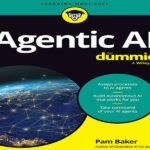
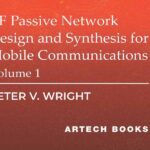
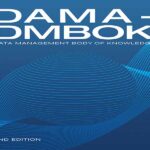




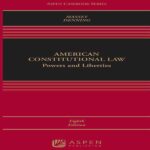
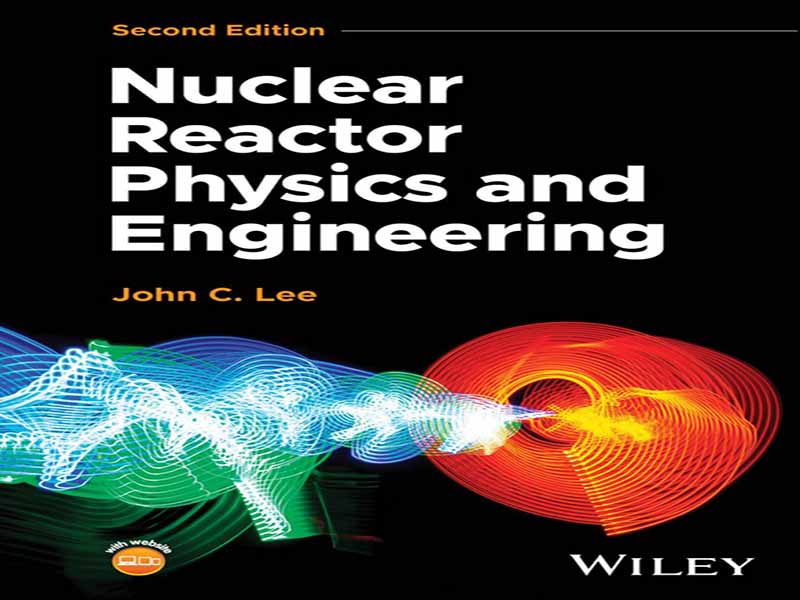







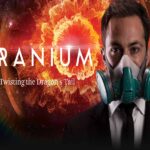















نظرات کاربران